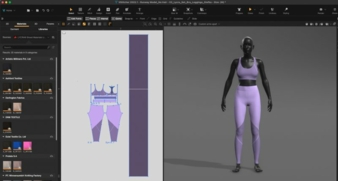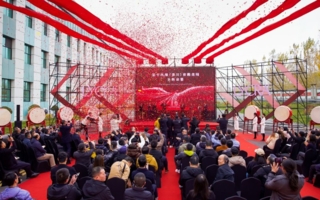18/08/2022 – Partnership with Browzwear — auf Deutsch lesen
The Lycra Company accelerates digital transformation
The Lycra Company announced a partnership with Browzwear, a developer and provider specialized on 3D-CAD.
The collaboration is the latest element of a multifaceted digital transformation that The Lycra Company began last year with the launch of the Lycra One customer portal, an online marketplace connecting brands, retailers, and garment makers to a global network of partner mills in a virtual capacity.
The partnership that will provide designers using VStitcher and Lotta, the pioneering platforms for 3D fashion design, the ability to quickly and easily develop products incorporating fabrics containing Lycra, Lycra T400, and Coolmax fibers.
With the true-to-life visualizations made possible with Browzwear’s innovative software, the industry’s leading 3D software for apparel design and development, designers can digitally create active wear, denim, swimwear, ready-to-wear, and intimate apparel fashions using fabrics showcased in the Lycra Brand Materials Library. The Browzwear platform enables designers to visualize how garments made with Lycra fiber offer a comfortable, lasting fit that will move with the wearer. All the materials with digital versions in the Lycra Brand Materials Library can be sourced directly from one of 15 global mills initially featured on Browzwear. These materials have been tested and certified by The Lycra Company, ensuring they contain the company’s authentic fibers that are designed to meet consumer needs for comfort, fit and ease of movement. In addition, The Lycra Company will continue to work with Browzwear to add new resources to the materials library as they become available, further enhancing the digital design capabilities.
This partnership also advances The Lycra Company’s sustainability commitment to offering a variety of fiber and fabric solutions that reduce or divert waste and keep materials in use longer. Creating digital garments via Browzwear streamlines the production process and reduces the need to manufacture samples, saving time and reducing waste for more efficient and sustainable operations.




